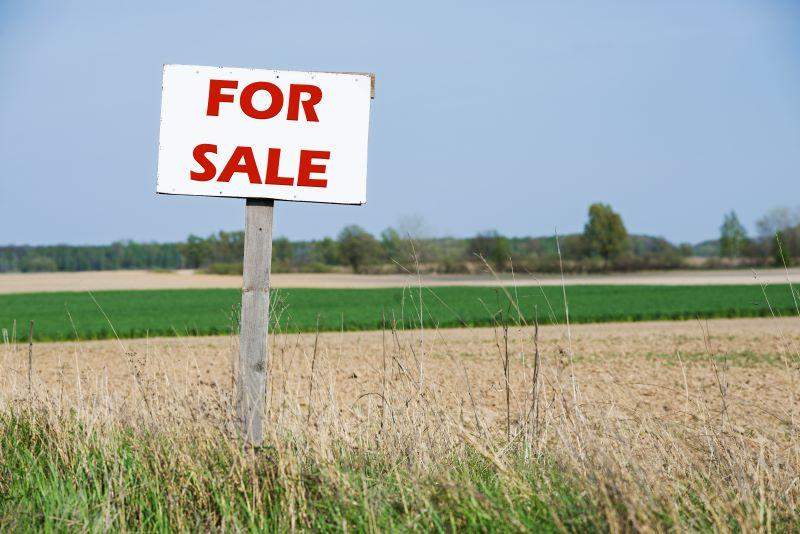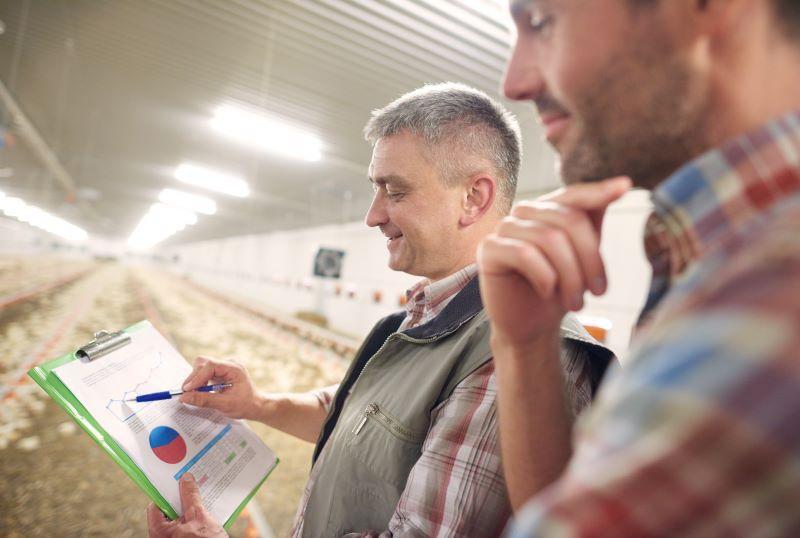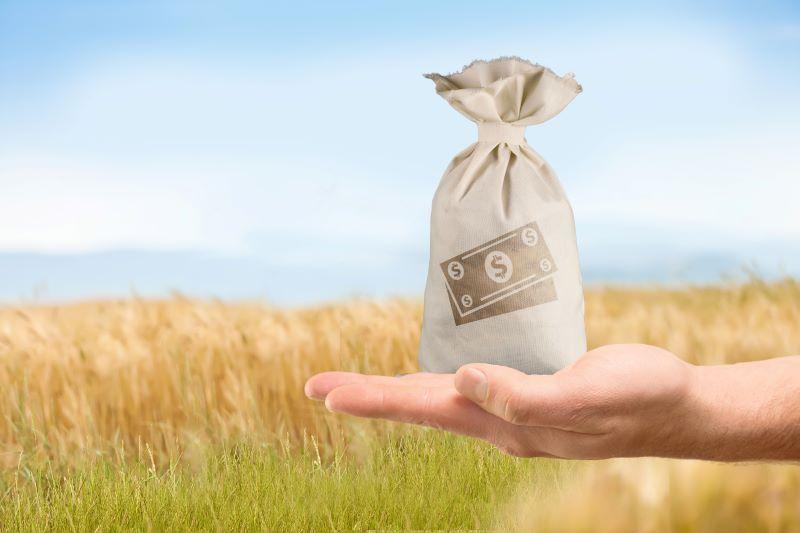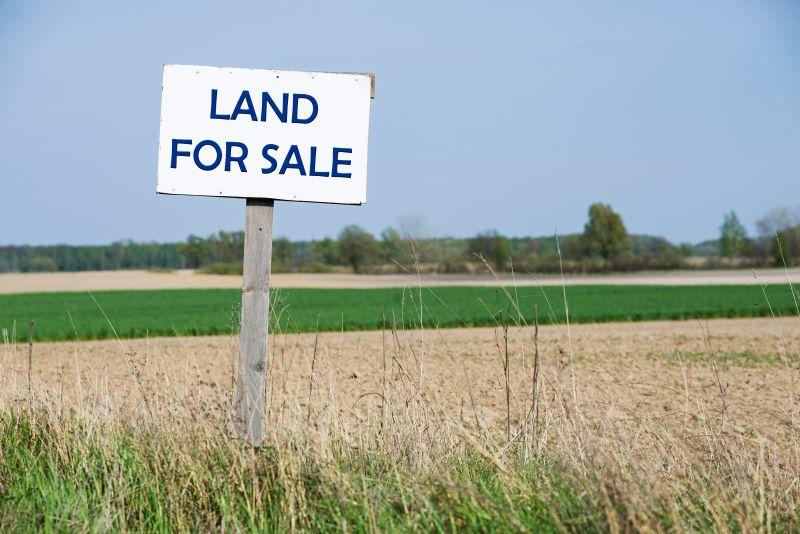Guide To Valuing Rural Property For Sale


Farmbuy.com Guide On How To Value Rural Property For Sale
There are myriad methods and approaches used to value rural property, including farm performance data, seasonal conditions, commodity price fluctuations, buyer motivation, capitalisation rates, and locational advantages or disadvantages, according to Herron Todd White (HTW) National Director – Agribusiness and Advisory, Tim White.

However, due to limited availability of such information, purchasers have historically based their decisions on direct comparison with sales of other, similar rural properties, coupled with their personal view of what return will be achieved from the property, White writes in an article published on the Grains Research and Development Corporation (GRDC) website.
Within the agricultural industry, White says some of the methodologies utilised to determine value include:
- Direct comparison: This requires the valuer to make adjustments, usually on a subjective basis, around the relative strengths and weaknesses of one property compared to another.
- Summation: This requires the valuer to further analyse the sales evidence in order to show separate levels for different land class types, irrigation water entitlements as well as structural improvements including dwellings. This information is then used to apply separate levels to the various components of the property being valued.
- Productivity: This approach is commonly used when valuing extensive grazing properties and requires the valuer to analyse the sales evidence to show a rate per unit of livestock able to be carried. This information is then used to determine the value of the property, based on an assessment of its carrying capacity. This approach is also useful when valuing intensive livestock industries such as piggeries or chicken farms.
- Income: This approach, which is the common way that commercial buildings are valued, requires an assessment of the likely future net return from a particular property, which is then capitalised at a yield that is determined from analyse of comparable sales. This approach is rarely, if ever, used.
- Discounted cash flow: This requires the valuer to model the expected income and net profit from a particular farm and then convert this expected income stream into an acceptable purchase price, based on the expectation of a particular rate of return. The discounted cash flow approach is generally regarded as a check method rather than prime method of valuation, due to the need to make assumptions around yield, commodity prices and operating expenses.

However, sourcing verifiable data is difficult, White notes, with the valuer generally not getting access to historical trading and production figures for the business to obtain a meaningful understanding of the likely sustainable production and earning capacity of a particular property.
At best, he says, the valuer will get copies of stock books to understand the stocking densities relative to seasons, maybe a property plan, a summary of capital expenditure in recent periods and some rainfall data. The balance of information relevant to the property’s financial performance is usually anecdotal, for example branding rates, yield from crops, bales per hectare for cotton, etc. This means that the basis to draw a verifiable conclusion about the annual financial return from an enterprise is limited, White says.
So how does a valuer interpret the available data to get a meaningful understanding of the likely sustainable earning capacity of a particular property?
White points out that there are many agribusiness services firms and accountants who do benchmarking for their clients’ businesses, including gross margin per hectare, unit cost of production, return per paddock and other measurements. However, he notes that in some cases gross margins do not actually cover the overheads cost within the business and the result was a financial loss overall.
He notes ABARES’ farm survey data provides some useful insight about cash earnings and return on capital (including and excluding capital appreciation) by farm type and by state/territory.

In terms of actual sales data, the annual Rural Bank Farmland Values Report provides a useful top-line guide to market trends (price per hectare by state/territory and by land size) based on actual farm sales using data collected by the official government agency in each state and territory; while HTW produces a monthly analysis of individual rural property sales by state/territory.
It's also worth checking out farmbuy.com, which has more than 3,000 rural properties currently for sale across all states and territories and property types, both large and small.
At the end of the day, White says the fundamental basis for assessment remains a comparison to other like assets within the locality, understanding these sales and the analysis of these sales on a productive unit basis. At least that way, he notes, the relativity between two properties can be determined and if the sales analysis is consistent, the outcome should be a good representation of the market.







